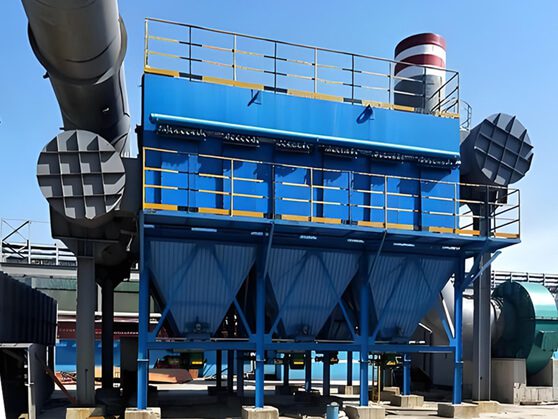What is another name for fabric filter?
- fabric fihter dust collector
- Bag dust collector
- Baghouse filter
- Tube filter
- Textile filter
- Cartridge filter
- Compact filter
- Sleeve filter
Low cost guaranteed
The fabric filter is favored by enterprises due to its high dust removal efficiency and wide range of applications. The facility cost is influenced by multiple factors, including dust removal efficiency, equipment scale, and manufacturing processes, typically ranging from 20,000 to 80,000USD. In terms of operation, the costs associated with the fabric filter include electricity, wages, maintenance, and consumables, with annual operating expenses estimated to be between 8,000 and 30,000 USD.
High efficient Fabric filter
The fabric filter’s removal efficiency is relatively high. It is generally able to reach more than 99%.
Due to the small pores and large area of the cloth bag, a fabric filter can effectively trap fine ash particles.
This means that only a very small part of the ash will be discharged from the outlet, greatly reducing the pollution of industrial production to the environment.
Moreover, the daily maintenance and repair of the fabric filters is relatively simple.
Specification
Fabric filters are a type of dust collectors. A fabric filter will save space. It is highly efficient at purifying and removing dust. It has low resistance, a long bag life, and is easy to maintain.
| Processing air volume(m3/h) | 800-550000 |
| Number of filter bags (bars) | 24-4000 |
| Inlet gas temperature (℃) | <220℃ |
| Air pressure for ash removal(Pa) | 4000-50k |
| Withstand negative pressure (Pa) | 2000-7000 |
| Inlet dust concentration(g/m3) | <1300 |
| outlet dust concentration(g/m3) | 1-50 |
What’s the heart of a fabric filter?
Filter bags are the heart of fabric filters. They also have the name as ash filteration bags, ash removal bags, and ash collector cloth bags. Fabric filters remove smoke from ironworks, steel mills, and power plants. They also serve ferroalloy plants, foundries, mining, and refractory plants.
| Shape | Dia(mm) | Length(mm) |
| Circular filter bag (external filtration) | 120 | 2000, 2100, 2800, 3200, 3600, 4000, 4400, 4800, 5600, 6000 |
| 130 | ||
| 152 | ||
| 200 | ||
| Circular filter bag (Internal filtration) | 180 | 6000, 8000, 10000, 12000 |
| 250 | ||
| 300 | ||
| Flat filter bag | 800 | |
| 900 | ||
| Envelope filter bag | 1500*750*25 |
How is a fabric filter selected?
Processing air volume
The air volume determines the size of a fabric filter. The operating airflow rate is generally used for airflow calculations. During design, it must consider the application environment and flue gas temperature of a fabric filter. If the temperature is set and the gas is cooled by dilution, the airflow rate should also consider the addition of diluted air.
Inlet gas temperature
The operating temperature of the fabric filter is a crucial design parameter. A difference between the operating and design temperatures can have serious results. This is because the temperature is restricted by two factors:
- Different filter materials have strict limits on their maximum temperatures. This includes their instantaneous allowable and long-term operating temperatures.
- To prevent condensation, you must maintain the gas temperature above the dew point by at least 20 °C.
Gas composition
Except for special cases, fabric filters handle mostly ambient air or flue gas from furnaces. In general, we calculate based on handling air. The gas composition is only considered if it affects the calculations of fan power, pipe resistance, and cooling device design. These depend on density, viscosity, and heat capacity.
Inlet dust concentration
The inlet dust concentration is often the dust mass concentration in standard volume. For the inlet dust concentration, consider the followings when designing :
- Equipment Resistance and Dust Removal Cycle.
- Filter Material and Housing Wear.
- Pre-Dust Collector and Filtration Velocity.
- Discharge Device
Outlet dust concentration
The outlet dust concentration must be below the values set by environmental and health regulations. The outlet dust concentration depends on the fabric filter’s design, the filter material, and the dust’s properties. It typically ranges from 1 to 50 mg/m³. For cases with harmful substances like lead and cadmium, a very low outlet concentration is required.
Withstand negative pressure
A fabric filter’s pressure resistance depends on process needs and the fan’s static pressure. For general-purpose fabric filter, the equipment pressure resistance is 4000 to 5000 Pa. When the pressure reaches 6000 to 8000 Pa,it will use long-bag pulse fabric filter. For negative pressure air conveying systems using Roots blowers, the design pressure resistance is 15 to 50 kPa.
Ash remocal pressure
The cleaning pressure is a key factor in designing fabric filter. Depending on air pressures , there are high (0.5-0.7 MPa), medium (0.35-0.5 MPa), low (0.2-0.35 MPa), and ultra-low (below 0.2 MPa). They are high-pressure (right-angle) and low-pressure (submerged) valves.
Fabric filter dust removal method
Pulse bag filters can use either online or offline dust removal methods.
Online means that the filter is still filtering the gas during pulse jetting. Online dust removal has little effect on system fluctuations during cleaning and filtration. However, it doesn’t clean the filter bags well. It also doesn’t allow for online maintenance.
Offline dust removal involves dividing the filter into several filtration chambers. Each bag chamber has an independent offline valve, a cylinder, and an electromagnetic pulse valve. It also has a compressed air control system. Before pulse cleaning each filtration chamber, the offline valve is closed.
You may also like
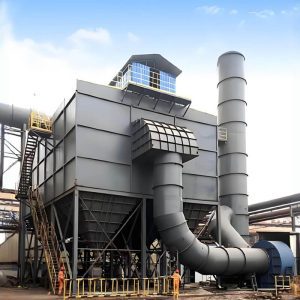 | 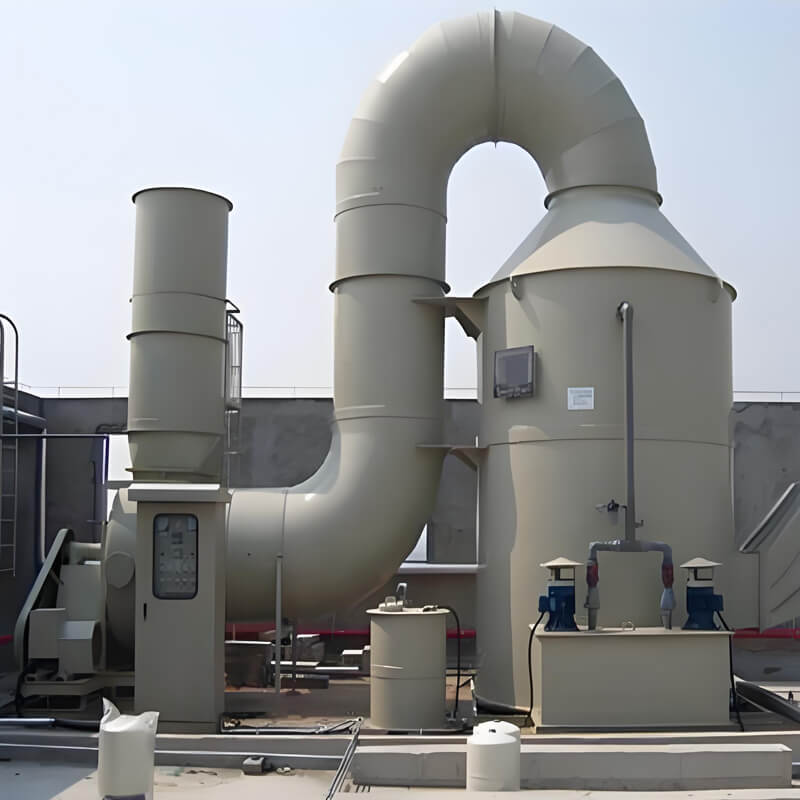 | 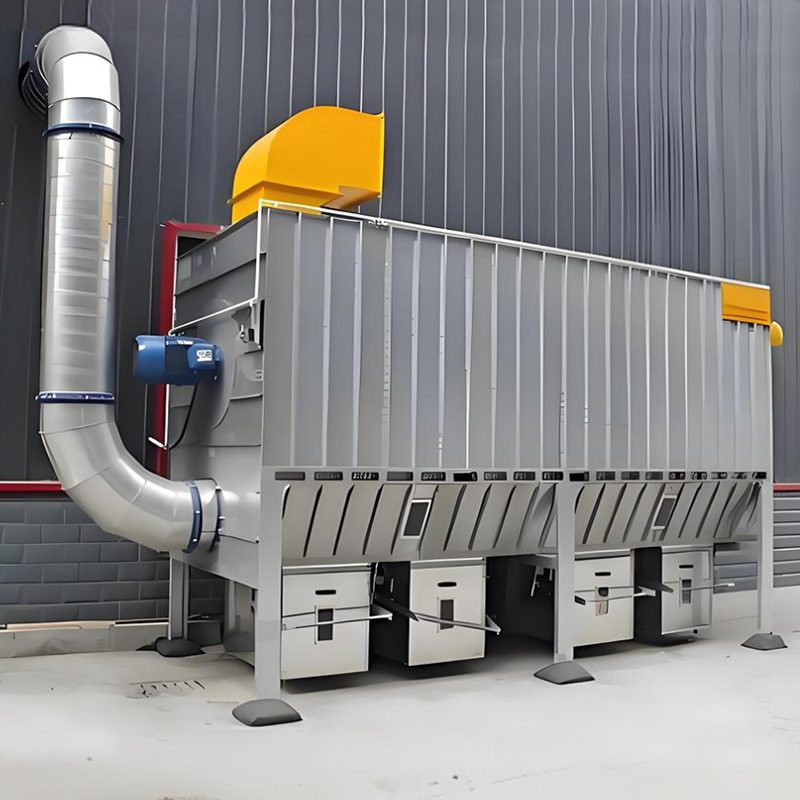 |
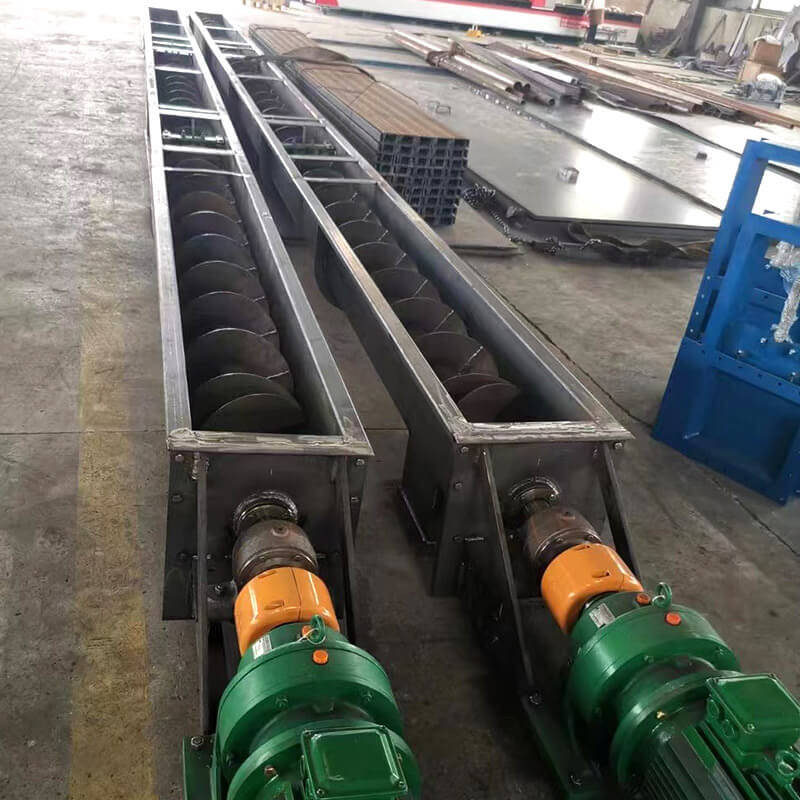 | 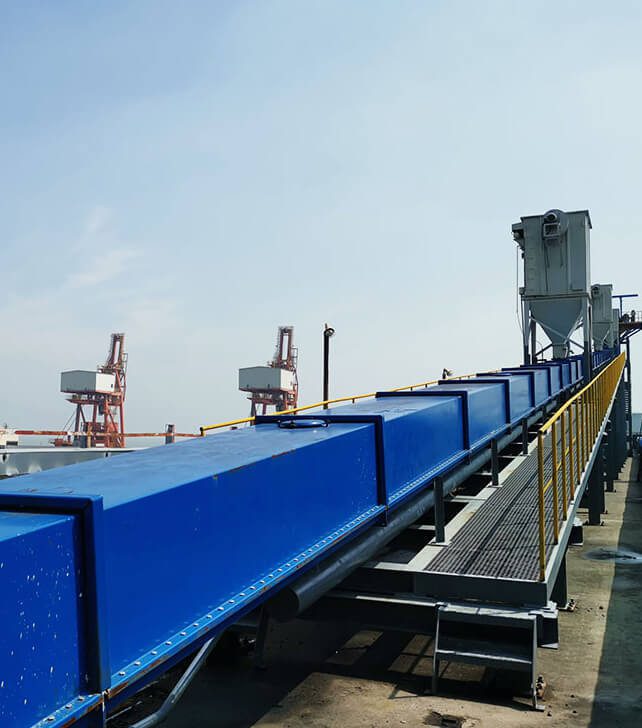 |  |
Darko is among the fabric filters manufacturers in China. We have been supplying small and large companies with safe and ISO-certifed fabric filters wholesale. We provide industrial fabric filters of various specifications an custom sizes.
Darko has been working as a trust worthy fabric filter manufacturer and supplier in China for more than 10 years. With our years of experience in the industry, we can guarantee the production of high-quality Chinese fabric filters. Aside from manufacturing facilities in our own factory we also offer customization and design services to our customers. We produce fabric filters to process various air volume .
If you are looking for a filter company, you can rely on Darko. Buy fabric filters in bulk from us and let us help you grow your business using our customizable and affordable products

